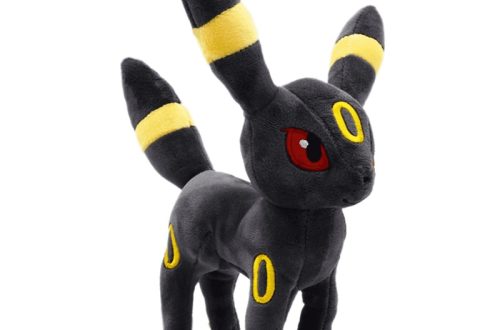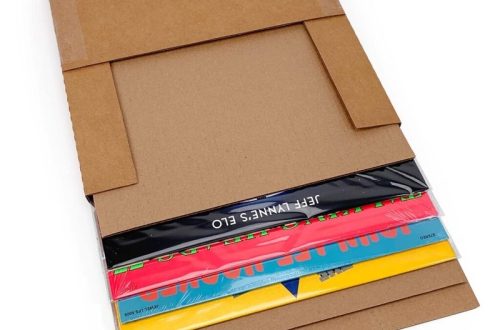Part 1: Benefits of Interactive and Engaging Educational Toys for Preschoolers
1. Encourages Active Learning:
Interactive and engaging educational toys play a vital role in promoting active learning among preschoolers. By actively involving children in the learning process, these toys serve as powerful facilitators of cognitive, physical, and emotional development. Through hands-on engagement, children are encouraged to manipulate objects, solve problems, and think critically, resulting in increased engagement and focused participation.
The interactive nature of these toys fosters a dynamic learning environment in which children are encouraged to explore, experiment, and actively participate in their own education. By physically interacting with these toys, children are able to gain a deeper understanding of concepts and ideas, promoting a more profound and enduring learning experience. Moreover, the tactile and interactive elements of these toys provide a multisensory learning experience, engaging various senses and promoting a deeper level of understanding.

Furthermore, these toys promote the development of problem-solving skills, as children are presented with challenges and puzzles that require strategic thinking and creative solutions. These experiences not only enhance children’s cognitive abilities but also nurture their resilience and perseverance when faced with obstacles.
In addition to fostering cognitive development, interactive educational toys also support the development of fine motor skills and hand-eye coordination through hands-on manipulation. As children engage with these toys, they refine their dexterity and coordination, laying a strong foundation for future academic and physical activities.
2. Promotes Language Development:
Interactive and engaging educational toys are crafted with the purpose of fostering language development in young children. By incorporating elements such as sound effects, music, and spoken instructions, these toys offer a rich and stimulating language learning experience for preschoolers. Through these features, children are exposed to a diverse range of auditory stimuli, facilitating the expansion of their vocabulary and language skills. Moreover, the interactive nature of these toys encourages children to actively engage in language-based activities, prompting them to process and respond to verbal instructions, contributing to the improvement of their language proficiency. The immersive and engaging qualities of these toys provide young children with an enjoyable and effective avenue for enhancing their language development, promoting a strong foundation in verbal communication and linguistic abilities.
Part 2: Types of Interactive and Engaging Educational Toys for Preschoolers
1. Building Blocks and Construction Sets:
Building blocks and construction sets are classic examples of interactive and engaging educational toys for preschoolers. These toys encourage children to use their imagination and creativity to build and construct various structures, which can help them develop essential skills such as spatial awareness and hand-eye coordination.
2. Puzzles and Games:
Puzzles and games represent a popular and beneficial category of interactive and engaging educational toys for preschoolers. By providing children with opportunities to think critically, solve problems, and employ logical reasoning, these toys contribute significantly to the development of essential skills during early childhood. These activities foster the refinement of skills that are crucial for academic and social development. These skills include spatial awareness, pattern recognition, and decision-making. Through the process of engaging with puzzles and games, children are prompted to exercise their cognitive abilities. This enhances their capacity for analytical thinking and strategic problem-solving. The interactive and stimulating nature of puzzles and games not only captivates children’s attention. It also offers a platform for the acquisition and application of vital skills. This promotes a well-rounded and enriching learning experience during the formative years of early childhood.

Part 3: Factors to Consider When Choosing Interactive and Engaging Educational Toys for Preschoolers
1. Age Appropriateness:
When selecting interactive and engaging educational toys for preschoolers, it is essential to carefully consider the age appropriateness of the toys. Taking into account a child’s specific cognitive and physical developmental stage is crucial. This ensures that the toys effectively support their learning and growth.
Preschoolers are in a critical stage of development, marked by rapid cognitive, emotional, and physical advancements. Therefore, educational toys tailored to their age group play a pivotal role in providing an optimal learning experience. These toys should align with the preschoolers’ abilities and interests, ensuring that they are both stimulating and achievable.
Furthermore, age-appropriate educational toys enable preschoolers to engage in activities that resonate with their current developmental milestones. For example, younger preschoolers may benefit from toys that promote sensory exploration, encourage basic problem-solving, and facilitate fine motor skill development. On the other hand, older preschoolers may benefit from toys that encourage more complex problem-solving, imaginative role-playing, and advanced coordination activities.
In addition, age-appropriate toys are designed to foster skills that align with a preschooler’s stage of development, such as early literacy, numeracy, and social interaction. This ensures that the toys not only engage the child’s interest but also contribute significantly to their overall development.
2. Safety Features:
Prioritizing safety is crucial when choosing interactive and engaging educational toys for preschoolers. Opting for toys that are constructed from non-toxic materials ensures that children can play without exposure to harmful substances, safeguarding their well-being. Additionally, selecting toys without small parts reduces the risk of choking hazards, promoting a safe play environment for young children. Furthermore, opting for durable and well-constructed toys ensures their longevity. It also minimizes the potential for accidents during play. Carefully considering safety factors when selecting educational toys for preschoolers is important. It enables caregivers and educators to provide a secure and nurturing play environment. This enhances children’s learning and development. By adhering to safety guidelines and selecting age-appropriate toys, adults can create a safe and enjoyable play experience for preschoolers.

Part 4: How to Incorporate Interactive and Engaging Educational Toys into a Preschool Curriculum
1. Incorporate Play-Based Learning:
Incorporating interactive and engaging educational toys into a preschool curriculum presents a valuable opportunity to integrate play-based learning activities within the educational framework. By strategically utilizing these toys, educators can design immersive, hands-on learning experiences that are not only enjoyable but also academically enriching for young children.
To begin, these toys can serve as catalysts for fostering a wide range of skills and competencies. For example, using building blocks can support the development of spatial awareness and fine motor skills, while puzzles can stimulate logical thinking and problem-solving abilities. By integrating such toys into the curriculum, educators can create a multidimensional learning environment that caters to various aspects of children’s development.
Moreover, interactive educational toys can be utilized to enhance language development and cognitive abilities. Teachers can incorporate storybooks, language learning games, or interactive reading materials to promote literacy and communication skills. Similarly, toys with musical or auditory elements can be employed to encourage active engagement with language and sound, nurturing children’s verbal and auditory abilities.
Furthermore, the incorporation of educational toys into the curriculum enables educators to create personalized learning experiences. These are tailored to individual children’s interests and learning styles. By offering a diverse range of interactive toys and materials, teachers can accommodate different preferences and aptitudes. This provides a more inclusive and effective learning environment.
2. Foster Collaboration and Communication:
Interactive and engaging educational toys can also be used to foster collaboration and communication among preschoolers. Teachers can organize group activities that involve working together to solve problems or complete tasks, which can help children develop important social and interpersonal skills.
In conclusion, interactive and engaging educational toys play a crucial role in the development of preschoolers. By providing active learning experiences and promoting essential skills such as language development, these toys can contribute to a well-rounded early childhood education. It’s important to consider factors such as age appropriateness and safety features when choosing these toys. It’s also important to incorporate them into the preschool curriculum in ways that encourage play-based learning and collaboration.



